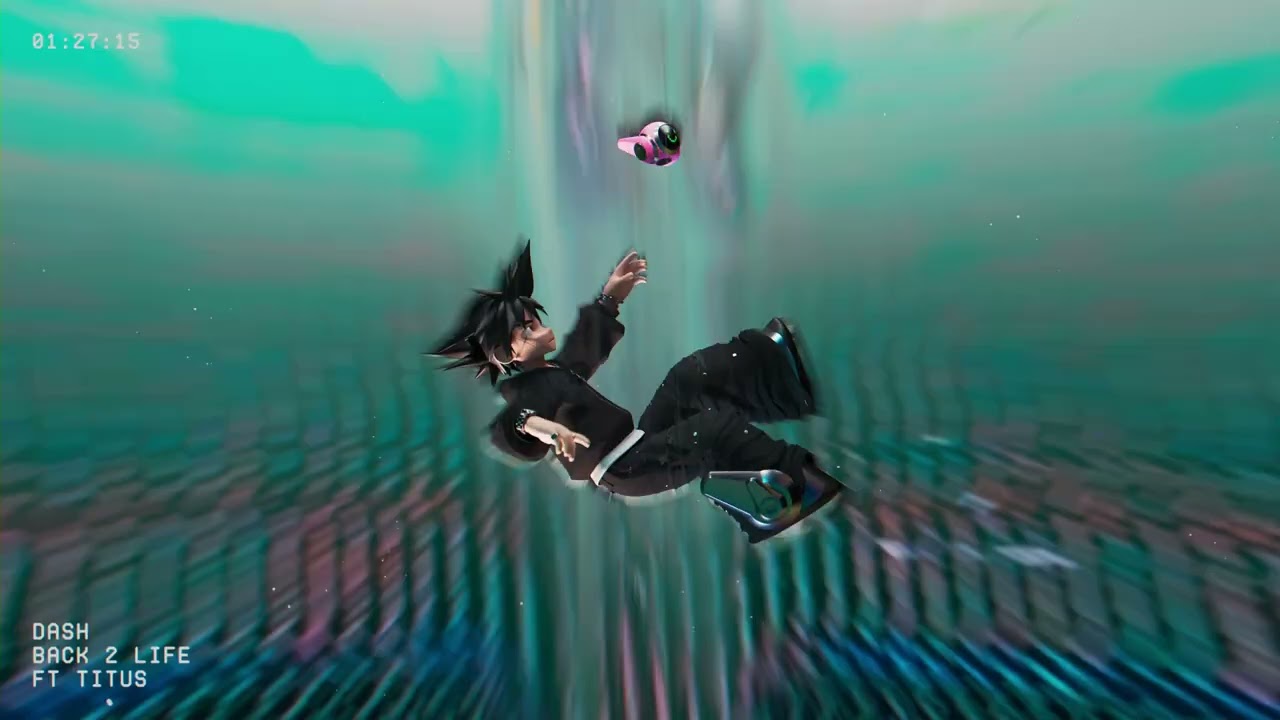In 2009, Usamaru Furuya created a three-volume manga version of No Longer Human, which is titled and based on the 1948 novel by Osamu Dazai. It would later be translated into English and published by Vertical, two years later after its serialization in Shinchosha’s Comic Bunch magazine.
Unfortunately, people who are interested in becoming potential buyers of this work will likely struggle to find them, as they are currently out of print. Worse yet, the cost of those that are still available has reached staggering heights. Today, it can be as much as $300-500 for the entire set, while single copies typically range from $80-120. With the average retail price for most manga in the US being between $7.95-10.95, it seems difficult for fans to justify such an expense.
The manga was created in honor of Osamu Dazai’s 100th birthday and acts as a stark re-reflection of the life that he led. The manga, like the novel it's based upon, tells the story of Ōba Yōzō from his early childhood to his late twenties and touches upon a variety of difficult themes, including depression, social alienation and suicide.
Ōba’s life is fraught with hardships, from his inability to connect with people to his descent into a vicious pattern of using drink and drugs to mask his suffering. Throughout the story, he is unable to connect with those around him and feels completely separated from the rest of humanity. While Ōba manages to build several relationships, they all eventually disintegrate, either out of his own lack of understanding and compassion or because of a series of unfortunate circumstances.
While the novel is set in the early to mid-20th century, Furuya decided to take a more modern approach. Although this might displease die-hard fans of the original work, it still manages to stay true to Dazai’s story and overarching vision whenever possible. After 60 years since No Longer Human was first published, this reiteration really shows how timeless a semi-autobiographical tale it truly is.
Since the publication of Furuya's rendition, Dazai’s masterpiece has been adapted into a manga on three further occasions. In 2010, Yasunori Ninose created Ningen Shikkaku Kai (Destruction), which would be serialized in Champion Red. While this version would also be set in a contemporary era, it would differ from Furuya’s interpretation in its use of its obscure symbolism, in which human beings’ negative emotions and acts of intercourse are visualized through tentacles.
In 2011, Gakken produced a retelling of the story that was set within its original pre-WWII setting. However, like Ninose’s adaptation, it is extremely difficult to find a purchasable copy. By 2017, this problem was solved when Junji Ito jumped into the mix by publishing his own retelling, which is still widely available today.
It is difficult to recommend any manga series that sits at the extortionate price tag that Usamaru Furuya’s No Longer Human does. However, the three volumes that encompass Dazai’s fantastic tale are certainly well thought out and constructed, and they manage to accurately reflect the writer’s vision of a character who is completely separate from the rest of society.
As the first of their kind, they remain a highly sought after and collectible work. In this light, some might argue that the expense required to purchase Furuya’s adaptation can be justified -- and besides, they aren’t going to be back in print any time soon, if at all. Furthermore, collectors will likely fall into the trap of attempting to rationalize how they will be able to resell the work at a higher price than they purchased it for years down the line. While this might be the case, people need to ask themselves: who will buy it?
Although Junji Ito’s rendition is not set within a contemporary setting or split into three volumes (mimicking the three memorandums of Osamu Dazai's original work), it is only $25 for the entire story. Fans can only hope that there will finally be a re-release of Furuya’s No Longer Human at some point down the line. However, until this happens, it is only possible for the majority of readers to look to Ito’s work for their manga fix of Dazai’s legendary piece of literature.
About The Author

